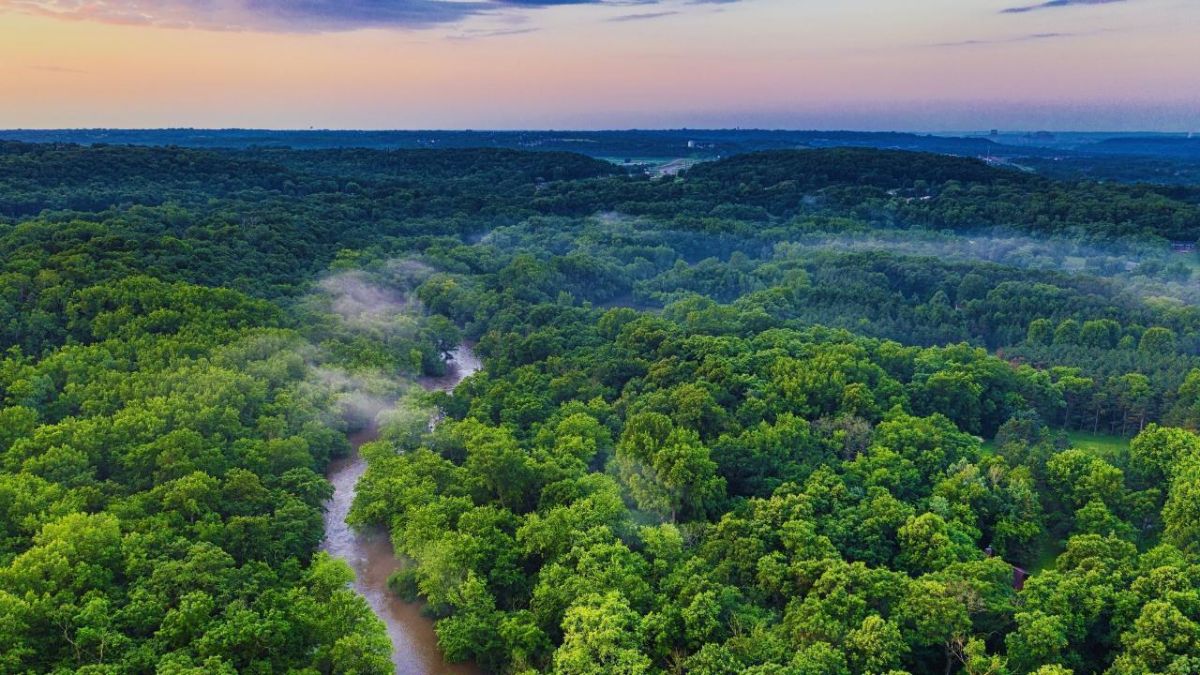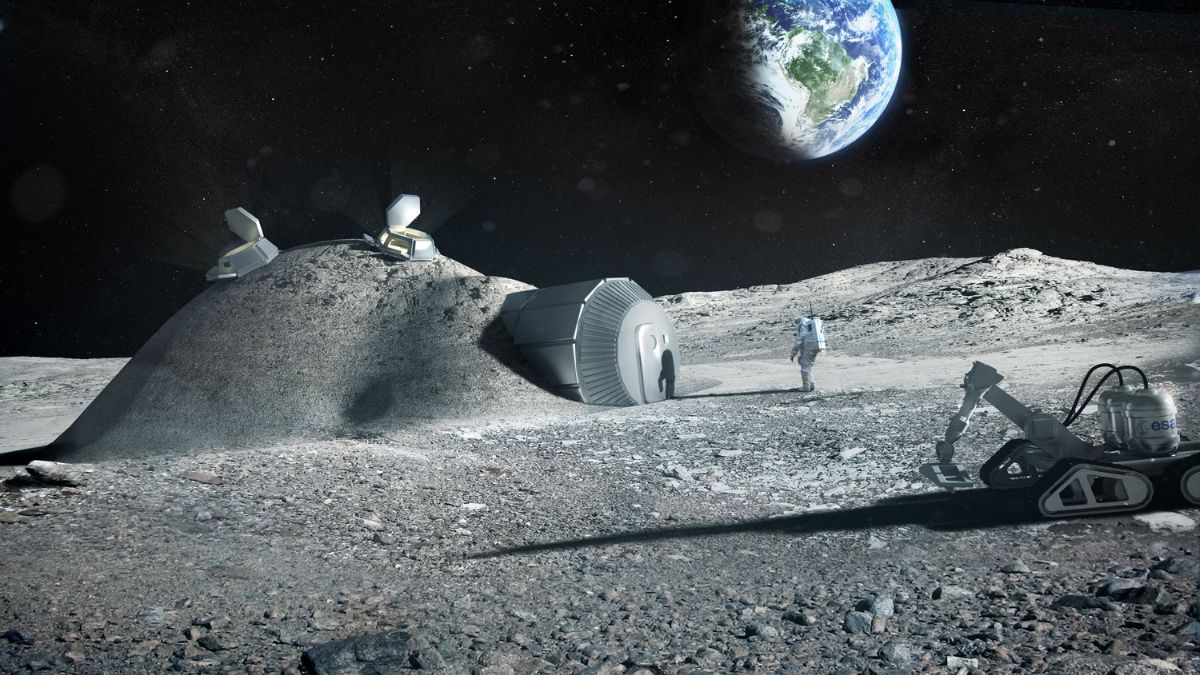The United States is taking an unexpected and innovative approach in the global fight against climate change. While seawater engines and solar breakthroughs have been making headlines, the latest news comes from deep within the soil — literally. A U.S. startup has begun removing massive amounts of carbon dioxide from the air using a method that’s both ancient and cutting-edge: biochar. If done right, it could help sequester up to 2 billion tons of carbon annually.
Crisis
Let’s start with the problem. Carbon dioxide (CO2) — a gas with no smell or color — is one of the primary contributors to global warming. While not toxic in small amounts, high concentrations in enclosed spaces can be harmful to health. In the atmosphere, its impact is massive. At an average concentration of 380 parts per million, CO2 lingers for centuries, intensifying climate change.
What makes it worse is how easy it is to emit CO2, and how hard it is to remove it. From fossil fuels to forest fires, CO2 is everywhere — and its cleanup is costly and complex.
Strategy
This is where the U.S. steps in with a new plan. A startup named Applied Carbon, formerly known as Climate Robotics, is using a farming robot that transforms plant waste into something called biochar. This black, charcoal-like material doesn’t just sit there looking pretty — it traps carbon and stores it for decades or even centuries.
Instead of investing hundreds of millions into industrial carbon capture plants, Applied Carbon has found a cheaper, smarter way: use waste that farms already produce and lock away the carbon in the soil.
Biochar
So, what exactly is biochar? It’s a solid form of carbon created when organic material is heated in the absence of oxygen — a process known as pyrolysis. The result is a stable substance that can be mixed into soil, where it helps retain nutrients, improve water retention, and — most importantly — hold onto carbon.
This isn’t a new idea. Indigenous cultures in the Amazon basin have used biochar to enrich soil for over 2,000 years. Even today, about 10% of that region’s soil still shows signs of biochar enrichment. But until recently, producing it was too labor-intensive and costly to do on a large scale.
Innovation
Applied Carbon solved the biggest issue: logistics. Transporting crop waste to a facility, converting it, and bringing the biochar back to the field burns a lot of fuel — which kind of defeats the point. So, they flipped the process.
They built a mobile machine that turns farm waste into biochar on-site. Here’s how it works:
- A harvester gathers crop waste and feeds it into the machine.
- Inside, the waste is shredded and dried using recycled heat from the pyrolysis reactor.
- The reactor converts the waste into biochar and syngas.
- The syngas powers the machine.
- The cooled biochar is mixed directly into the soil by a disc harrow.
Yes, it looks like something out of a steampunk movie, but the science is solid — and the benefits are huge.
Potential
The impact? If scaled properly, this mobile biochar solution could help sequester up to 2 billion metric tons of CO2 every year. That’s not just good for the atmosphere — it’s good for farmers too. Biochar boosts crop yields, improves soil health, and reduces the need for chemical fertilizers.
Here’s a snapshot of how biochar works and compares to other carbon capture methods:
| Method | Cost | Carbon Storage Duration | Infrastructure Needed |
|---|---|---|---|
| Biochar (on-site) | Low to Medium | Decades to centuries | Mobile, field-ready units |
| Industrial Capture | High | Long-term (underground) | Massive facilities |
| Tree Planting | Low | Variable (years-decades) | Land, long-term care |
Biochar isn’t perfect — it still needs scale, investment, and policy support. But it’s a promising, scalable tool in a growing climate toolbox. And unlike other solutions, it’s already tied into agriculture, making it easier to implement.
America may not be swallowing the atmosphere literally, but with Applied Carbon’s technology, it’s definitely making a dent in what’s up there. And that might just be what the planet needs right now.
FAQs
What is biochar?
A carbon-rich material made from burning plant waste without oxygen.
How does biochar store CO2?
It locks carbon in a solid form, storing it in soil for decades.
Who developed this CO2 capture machine?
A U.S. startup called Applied Carbon, formerly Climate Robotics.
How much carbon can biochar remove yearly?
Up to 2 billion metric tons, if fully scaled.
What’s the main benefit of on-site biochar machines?
They reduce emissions from transportation and cut costs.























